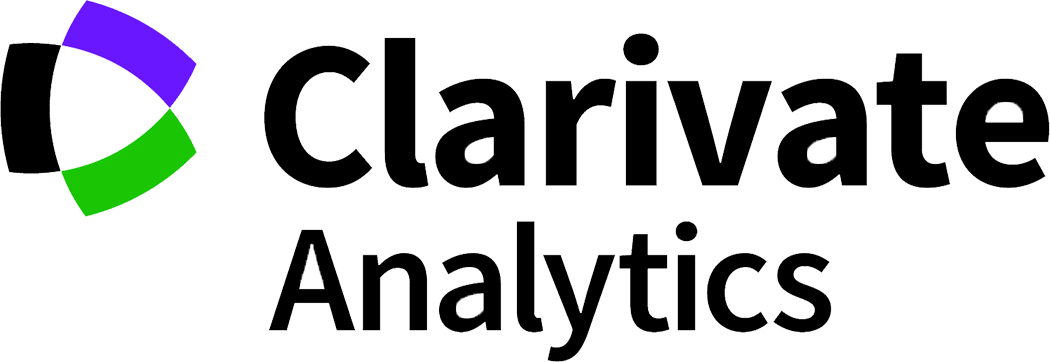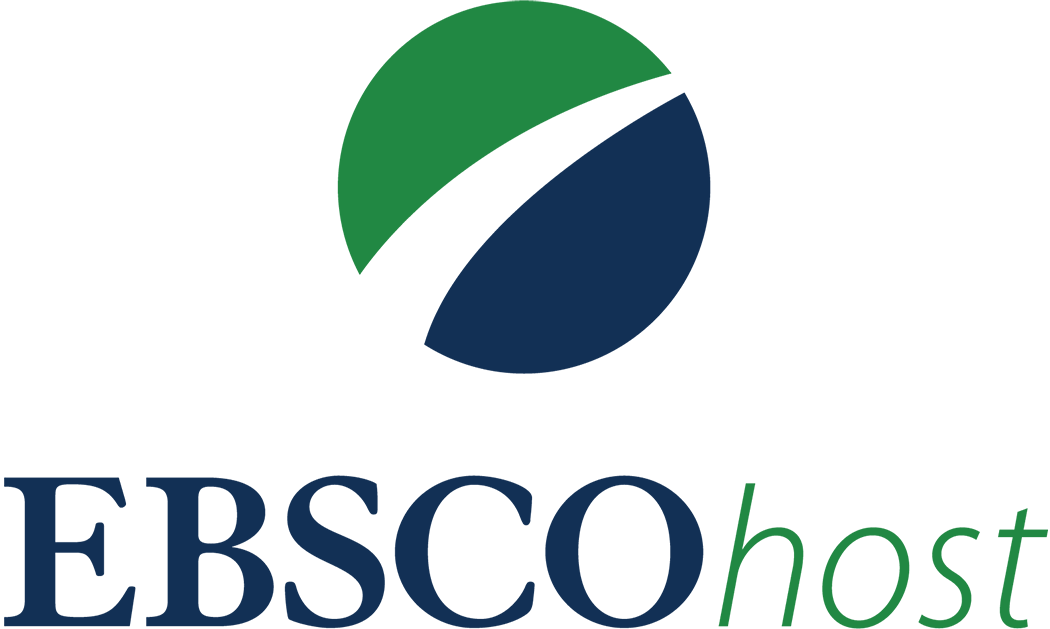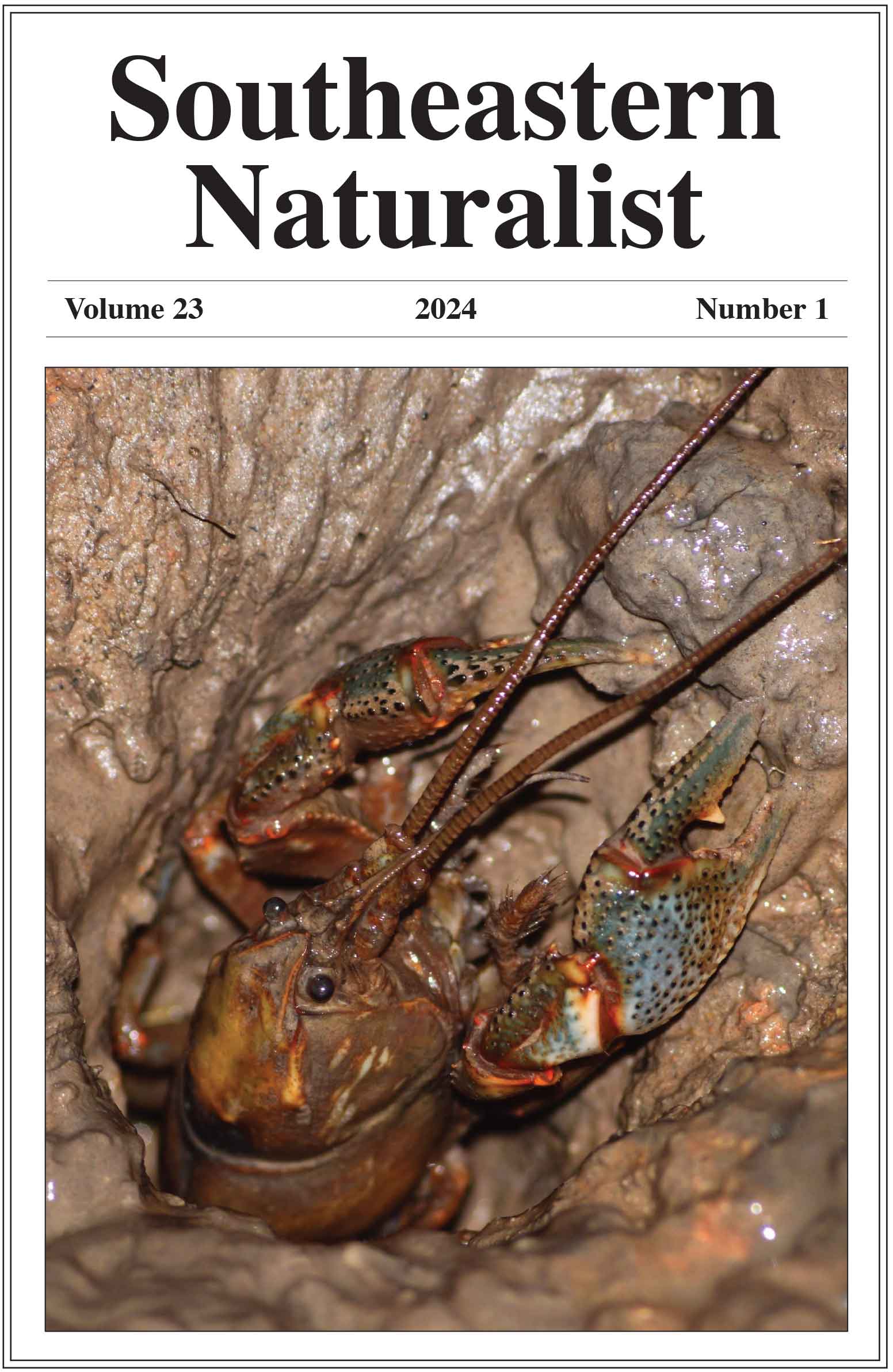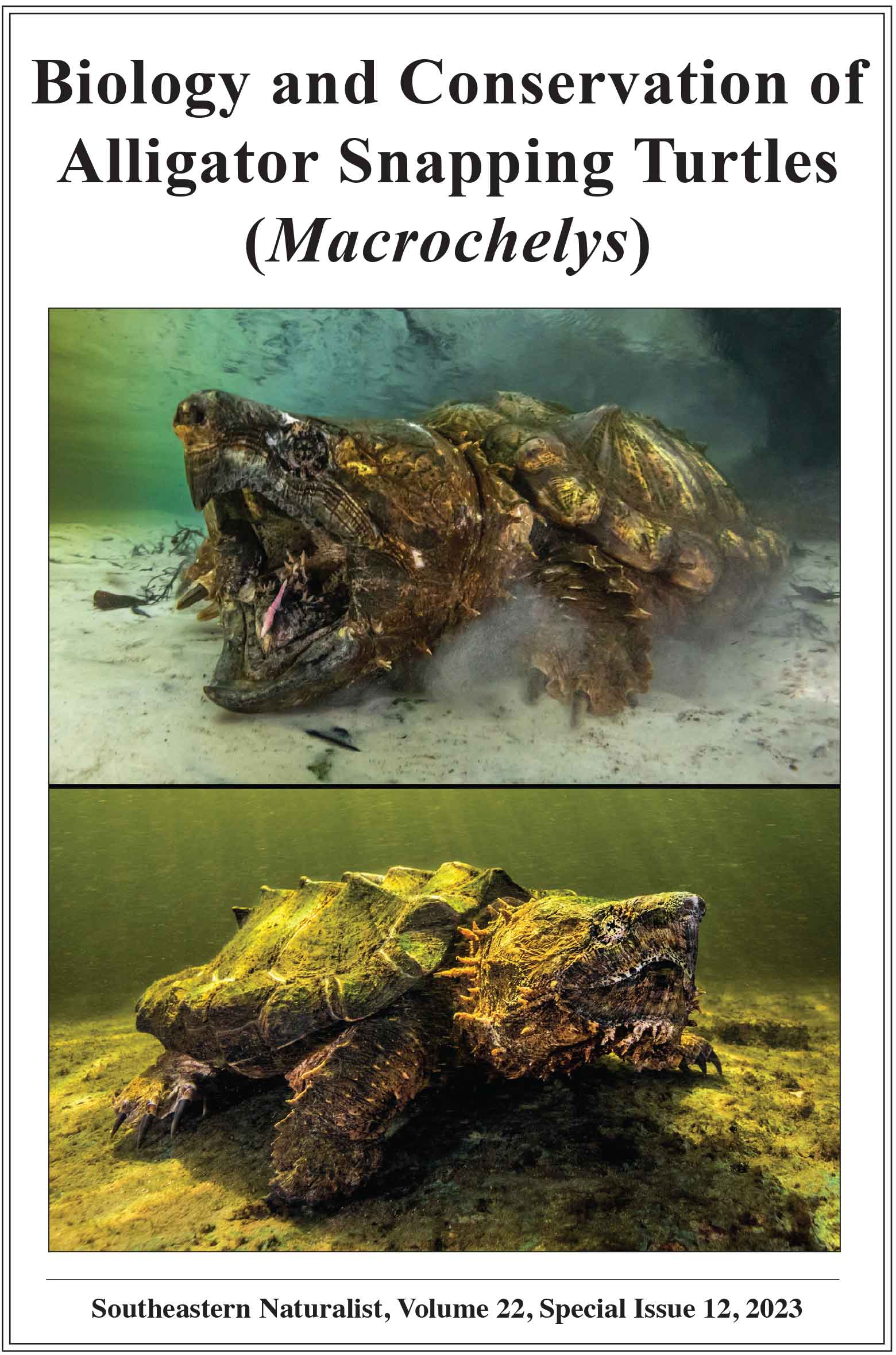Foraging Intensity of Tufted Titmice (Baeolophus bicolor) in Response to Feed Type and Extreme Winter Conditions
Aric B. McKinney1, Karena N. Barlow1, Hannah E. Adams1,Jon L. White1, Kenneth F. Kellner2, and Patrick J. Ruhl1,*
1Department of Biology, Harding University, Searcy, AR 72149. 2Department of Fisheries and Wildlife, Michigan State University, East Lansing, MI 48824. *Corresponding author.
Southeastern Naturalist, Volume 22, Issue 1 (2023): 43–56
Abstract
Foraging-intensity models predict that consumers balance the costs of environmental risk factors, food availability, predation, and starvation to determine the optimal foraging rate response. To test the assumptions of these ecological models in situ, we used radio frequency identification (RFID) to monitor the foraging behavior of 5 individual Baeolophus bicolor (Tufted Titmice) at bird feeders from January to February 2021. We used a Poisson generalized linear mixed effects model to determine how temperature and seed type impacted the number of daily feeder visits, while controlling for feeder and individual ID. We documented increased foraging frequency for Titmice in colder, snowier conditions. Titmice also exhibited a strong preference for whole black oil sunflower seeds (with an intact outer shell), in contrast to sunflower hearts (with the shell removed).
![]() Download Full-text pdf (Accessible only to subscribers. To subscribe click here.)
Download Full-text pdf (Accessible only to subscribers. To subscribe click here.)
Access Journal Content
Open access browsing of table of contents and abstract pages. Full text pdfs available for download for subscribers.
Issue-in-Progress: Vol. 23 (2) ... early view
Check out SENA's latest Special Issue:












 The Southeastern Naturalist is a peer-reviewed journal that covers all aspects of natural history within the southeastern United States. We welcome research articles, summary review papers, and observational notes.
The Southeastern Naturalist is a peer-reviewed journal that covers all aspects of natural history within the southeastern United States. We welcome research articles, summary review papers, and observational notes.